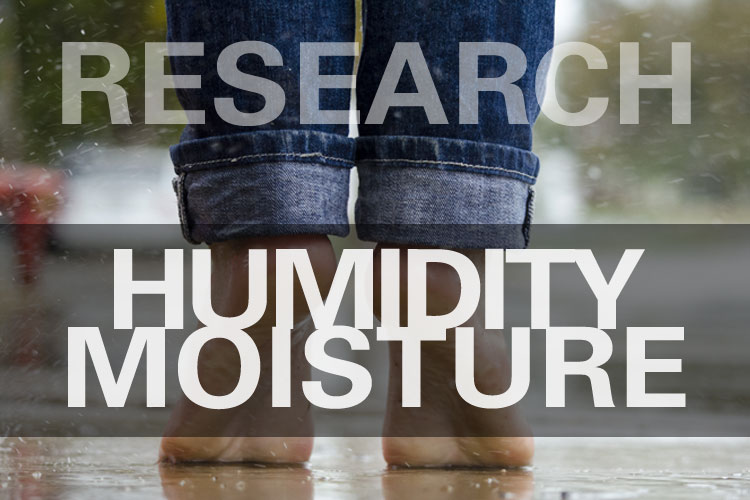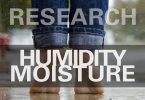Straw is an organic material with hygroscopic properties. The high capacity it has for storing moisture from the surroundings can furthermore influence the performance and lead to the possible degradation of the material.
The aim of this study was to assess the conductance C-value of a complex material such as straw. A climatic chamber was used to study a sample, which reproduces a traditional plastered straw bale wall. Tests were conducted under different boundary conditions, setting constant values for temperatures and relative humidity. The revision of the assessment’s results allowed the calculation of conductance and conductivity values under different conditions. A numerical model was then designed starting from the laboratory data, which was used to characterize material properties. The match between software simulations and laboratory analyses will be a starting point for further tests.
Determining the straw conductance C-value is a difficult task to achieve, due to the complexity and the unique properties of the material. In spite of all this, laboratory tests have shown encouraging results, which reflect the great potential of straw as a building material.
Authors:
- Mesa, Alessandra
- Arenghi, Alberto



